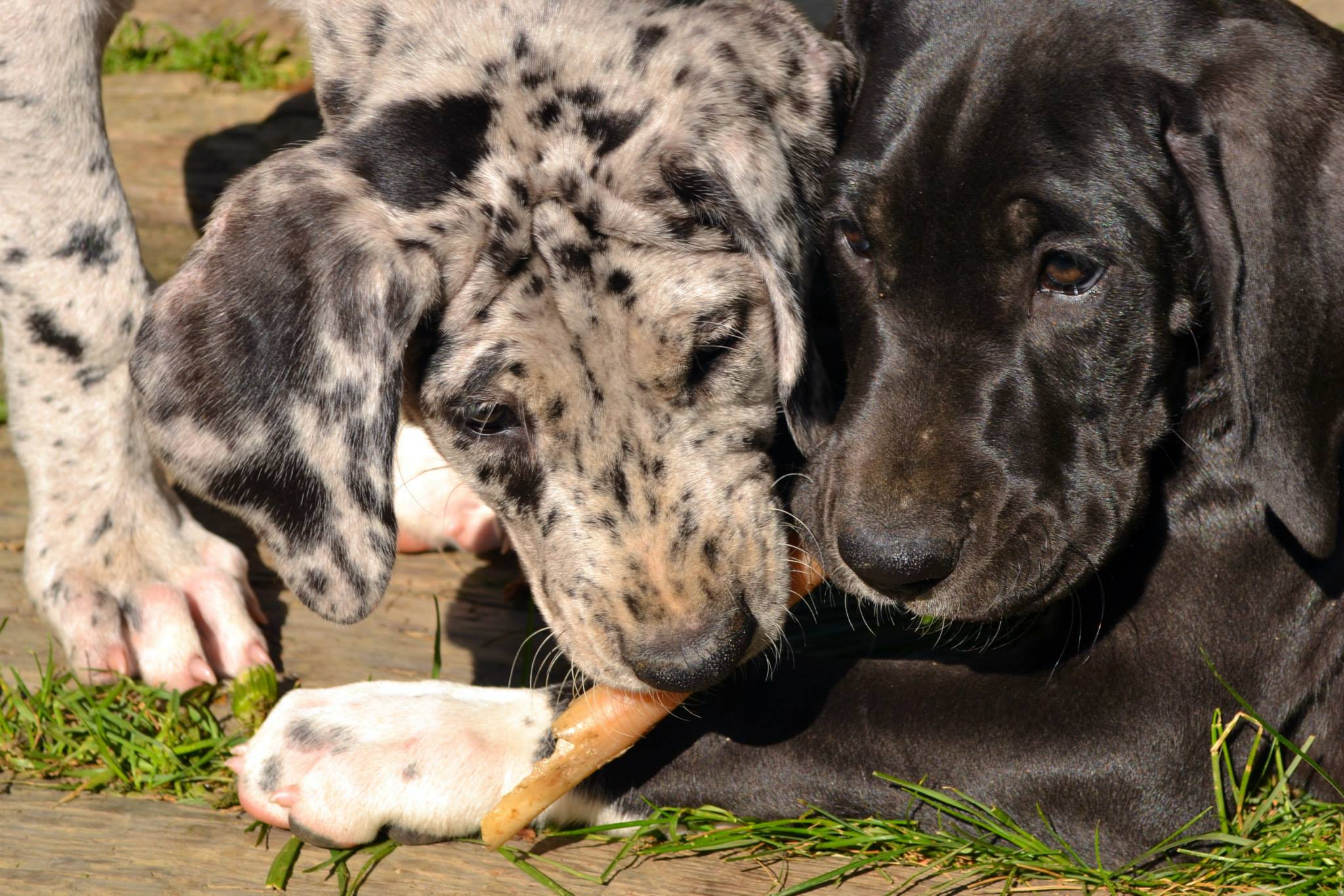The concept of two is better than one, doesn’t usually apply to getting puppies. There’s something called “sibling syndrome” or “littermate syndrome” that applies to puppies that are raised from young puppyhood in the same household. The severity will vary between different households and the sibling puppies that are chosen, from cases that are hyper-bonded to each other to cases where both puppies grow into well adjusted adults without attachment issues to the sibling. The latter of course is not the norm.
More often than not, sibling puppies that are raised together will become more attached and bonded to each other, rather than the family that wanted them for a companion in the first place. The misconception that it’s easier to have two puppies at the same time is all too common, because they’ll keep each other company! That right there is the reason why you don’t actually want a sibling puppy there to fill that emotional space, that as the owner should fill. The second puppy will definitely keep the first one company, but will also most likely become their true dependent or who they’re dependent on. So it may be “easier” to have puppies to play with each other, but in the long run it most likely will not be easy.
It’s hard work training one puppy by itself, and impossible to train two puppies at the same time. Which means two puppies means double your obedience class and socializing time. One of the only ways to make sibling puppies work in the long run is to make sure they’re spending more time apart than they are together. They should each have their own crates, classes, one-on-one time with their people and identity.
My rule for puppies is to devote at least 18-24 months of training and socialization time to just one. Investing that much time into one dog will generally ensure that you’ll end up with a well rounded, trained member of your household and society. You should be everything in the world to your dog: their best friend, their family and their caretaker.




















Leave A Comment